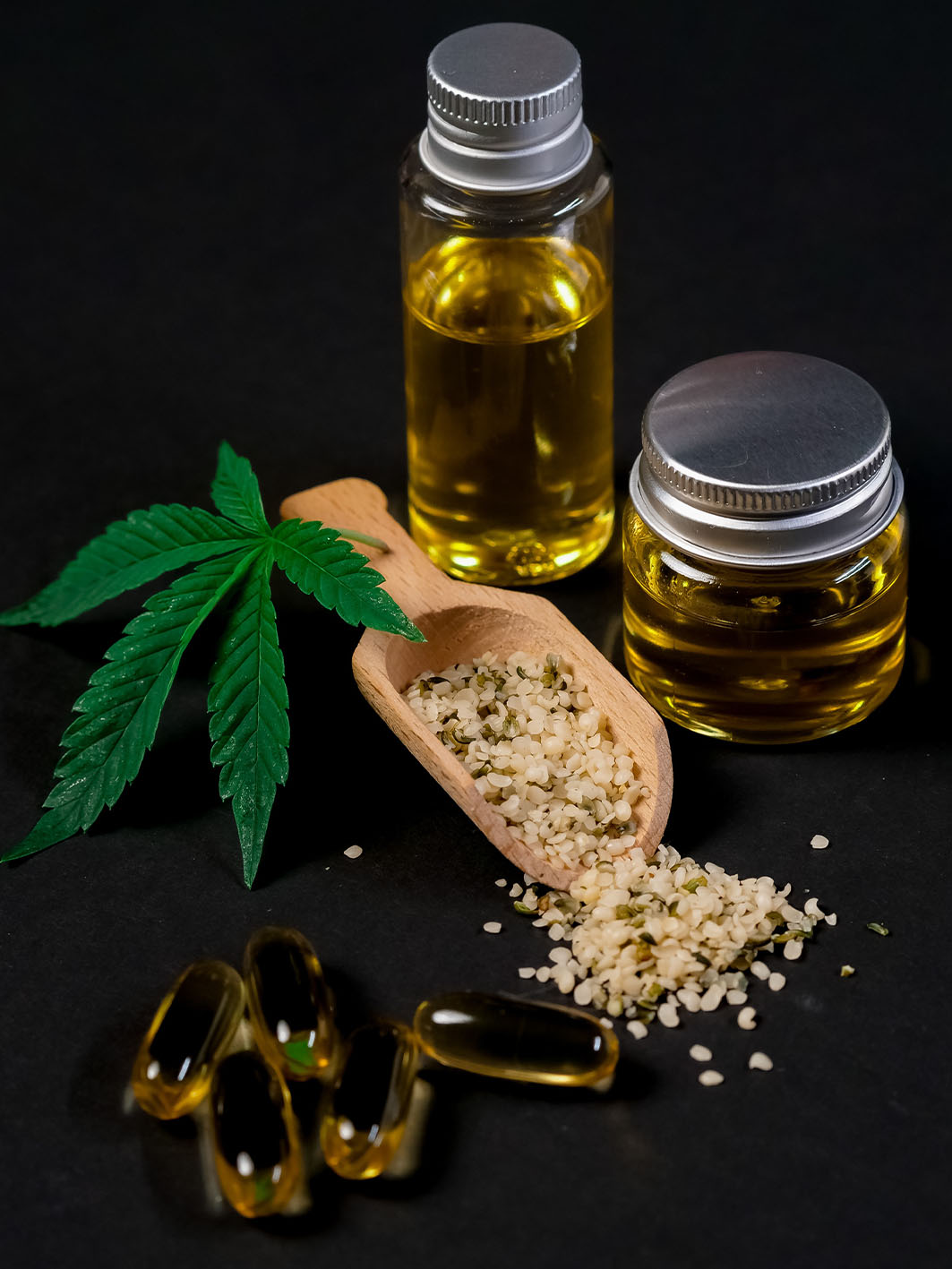The history of Cannabis in brief
The history of cannabis goes back thousands of years, and archaeological evidence suggests that the plant was used for medicinal, ritual and textile purposes as early as 4000 BC in Central Asia. Ancient cultures in China, India and the Middle East also used cannabis for its medicinal and psychotropic properties.

In India, Ayurvedic texts dating back to 1500 BC mention cannabis as a treatment for various ailments, such as pain, inflammation and convulsions. Ayurvedic doctors also recommended cannabis to treat anxiety and insomnia.
In China, cannabis was also used for medicinal purposes as early as 3000 BC, and it is thought that the Chinese emperors of the time also used the plant for recreational purposes.
Over time, cannabis use has spread to other parts of the world, notably Europe, Africa and South America. The indigenous populations of South America had been using cannabis for ritual and medicinal purposes for thousands of years before the arrival of Europeans.
Cannabis today
Today, cannabis is legal in many countries for both medical and recreational use. Cannabidiol (CBD), a non-psychoactive compound found in cannabis, has become very popular for its medicinal and therapeutic properties. CBD is used to treat a variety of conditions, including anxiety, chronic pain, epilepsy and insomnia.

CBD is also used in cosmetics, personal care products and food and beverages for its anti-inflammatory and antioxidant properties. Although research into the effects of CBD is still ongoing, numerous studies have shown that CBD can be an effective treatment for many conditions.
In short, the history of cannabis goes back thousands of years, and has been marked by its use for medicinal, ritual and recreational purposes. Today, cannabis and CBD are used worldwide to treat a variety of ailments and have become very popular for their therapeutic properties. As research into the effects of cannabis continues, it’s clear that this plant has played an important role in human history and will continue to be a source of benefits for generations to come.

